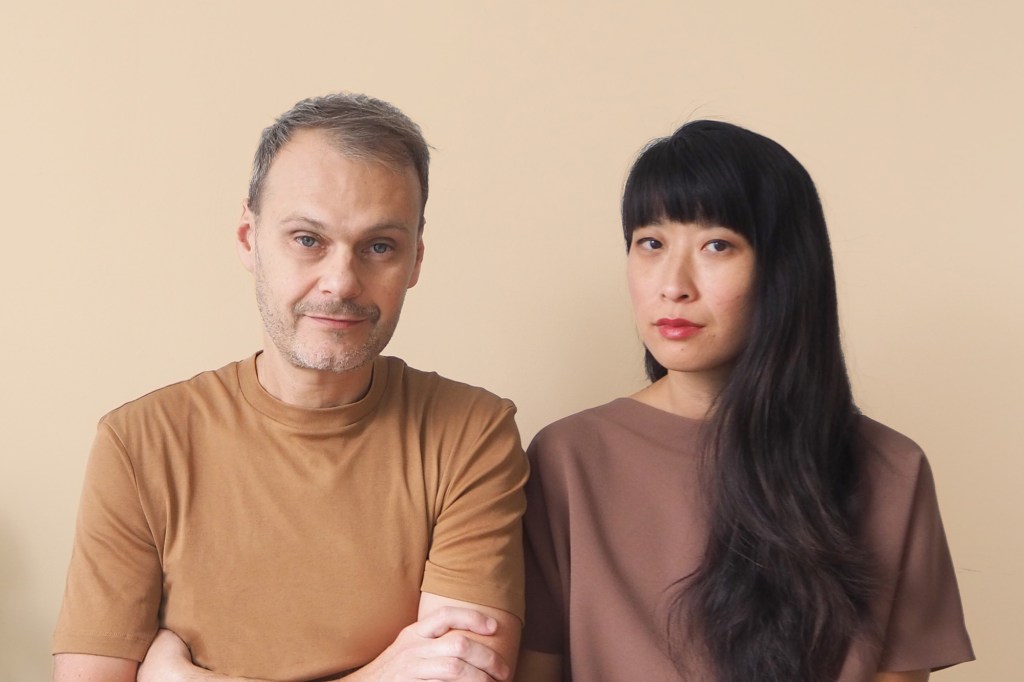Firm name: Spinagu
Location: Los Angeles
Year founded: 2016
Firm leadership: Jia Yi Gu and Maxi Spina, Intl. Assoc. AIA
Education: Gu: B.A., University of California, San Diego; M.Arch., University of California, Los Angeles (UCLA); Ph.D. candidate, UCLA; Spina: B.Arch., National University of Rosario in Santa Fe, Argentina; M.Arch., Princeton University
Experience: Maxi worked in Argentina, then came to the U.S. to work for Neil M. Denari Architects and later Studio Libeskind. Jia’s first architectural office experience was with RaumlaborBerlin, which completely misrepresented architecture to her. Maxi is currently design and applied studies faculty at Southern California Institute of Architecture, and Jia is a visiting artist at the California College of the Arts teaching history and theory.
How founders met: At an architecture party in Los Angeles—we swear we also go to non-architecture events!
Firm size: To quote Outpost Office: “Never less than two.”
Origin of firm name:
We compounded our two names, borrowing from well-known naming conventions of professional offices, but turned them into a one-name author. Our legal name is Eponymous Office.
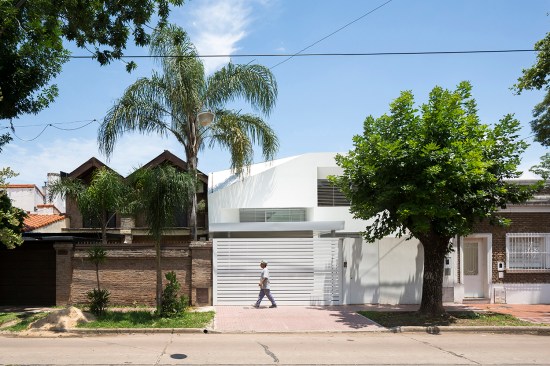
Javier Agustín Rojas
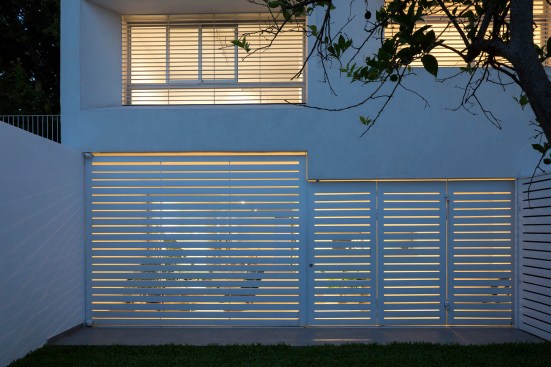
Javier Agustín Rojas
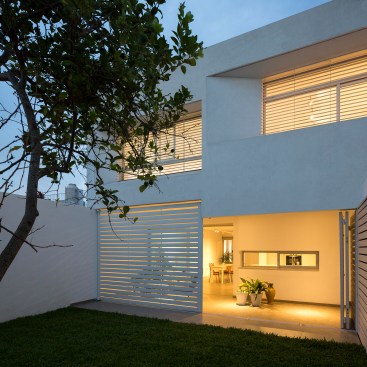
Javier Agustín Rojas
Mission:
We engage with a long history of ideas and craft in architecture in order to ask questions about contemporary practices, cultures, and technologies. Our approach emphasizes building—a concrete, bureaucratic, slow-moving yet powerful machine—and the abstract ideas that make buildings meaningful. We approach architecture as a form of knowledge production and as a form of public culture. Beyond the vital production of buildings, we also produce exhibitions and publications.
Favorite project:
Usually whatever we are currently working on. At the moment, it is the Piaggio House. We started talking with the owner about it in 2016, and it is the first project that helped us articulate an ongoing set of interests about neighborly houses. This house had a specific need for security grates, screens, and gates—the ubiquitous components that serve as the physical infrastructure of privacy and private space. We wanted to invert the purpose of such objects, so we proposed an architectural design that redefined the components of security into a form of social infrastructure.
Specifically, the design accentuates the layering of private and semi-private spaces through its recessed volumes, spaces, and windows, and through the strategic delamination of security gates from glass walls. This allows the veranda on the ground floor to serve as a flexible space that transforms from a private enclosed patio to a semi-open sun deck with a floating gate.
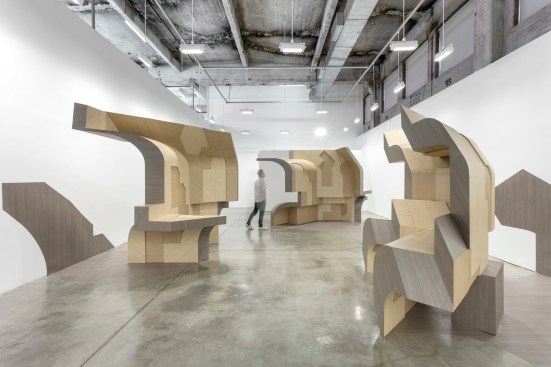
Joshua White
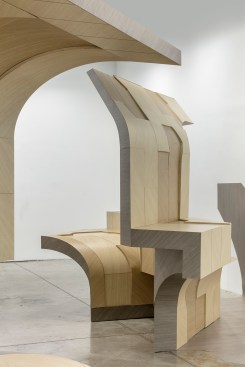
Joshua White
Second favorite project:
“Thick,” an exhibition hosted at SCI-Arc in 2017. The project was an investigation of architecture’s representational systems, particularly its (in)capacity to express or represent material properties like thickness. Thickness is an interesting condition to confront as an architect, because it is a condition you understand indirectly. We tend to gravitate towards elusive sites of design,and thickness is one of those that sits and hides (literally!) at the edge of architectural thinking.
Special item in your studio space:
Other people. We share our Chinatown space with other amazing firms and organizations, including Common Field, Materials & Applications (an exhibition space that Jia runs), Verbal Visual, and several independent practitioners.
Design trends that needs to come back:
Mirrored surfaces and color fields
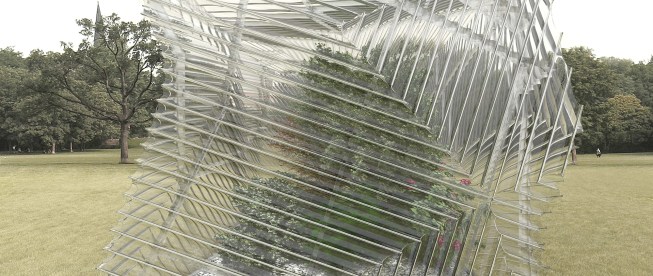
courtesy Spinagu
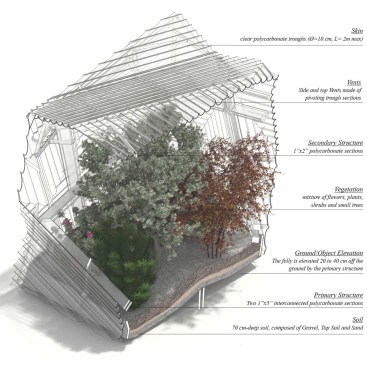
courtesy Spinagu
One design trend to leave behind:
Process diagrams of formal moves
Favorite city for architecture:
Gu: Berlin—I try to go every year. Some of the most interesting ideas come from there. Examples are experimental schools like Making Futures, self-initiated development projects, and citizen-activated urban policies. Spina: Shanghai—we go often to visit Jia’s family. Beyond the incredible food, the city is a rich landscape of building typologies and spatial inventiveness that we will never see in the United States.
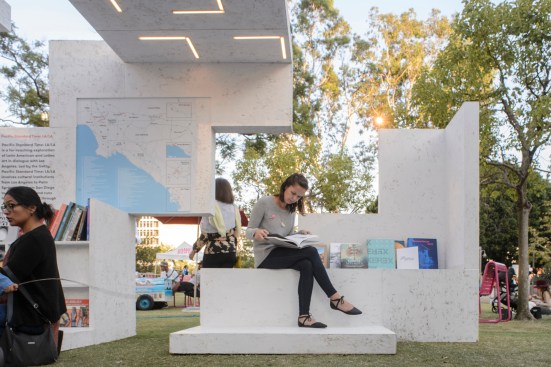
James Leng
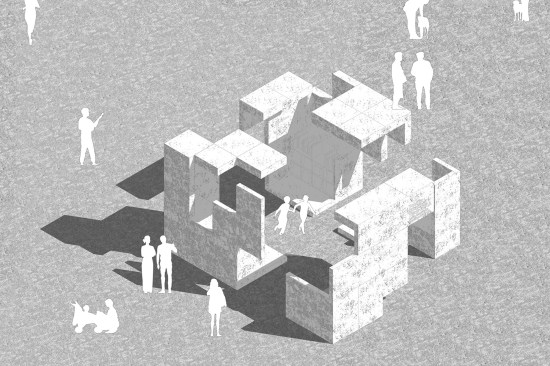
courtesy Spinagu
Greatest challenge in running a successful practice:
Deciding if we should scale. We want to grow, but we don’t want our everyday to be consumed by business. These skills are important but also move us farther away from the aspects of studio life we enjoy the most—being messy (controlled chaos) and indirect with our time and our labor, reading, reflecting, conversing, learning, and asking questions. But keeping ourselves challenged and keeping the practice afloat is not easy.
What should architects be discussing this decade?
Architecture’s embeddedness in extremely problematic systems—construction waste, building emissions, housing inequity, and climate crisis—and our lack of agency in directing broad change through conventional practice. We also need to address the high threshold of architectural education, particularly the debt matrix. In other countries, architectural education is free, which means it can also serve as a form of general education—you can go into school to learn architecture without the expectation of becoming professionalized. In the U.S., the path to architecture is one of professionalization, and most people therefore view it as technical knowledge rather than foundational knowledge, like history or art. Additionally, the high cost of architectural education and the profession’s attachment to pedigree and tiering of schools means that architecture is generally unavailable to low-income students because early investment too risky.
Most urgent policy change:
Construction finance—we need heterogeneity not only in housing types but funding models for building construction. It cannot be a solely privatized enterprise.
Skills to master:
Patience
Essential morning routine:
Three shots of espresso (each)
What are you reading?
The Mushroom at the End of the World by Anna Tsing (Princeton University Press, 2015), Staying with the Trouble by Donna Haraway (Duke University Press, 2016), This is Not My Hat by Jon Klassen (Candlewick, 2012)—we have a 3 year old.

